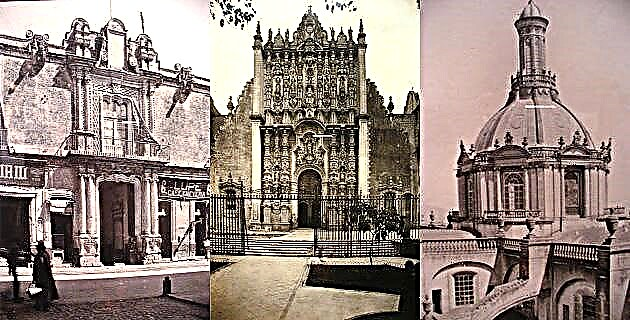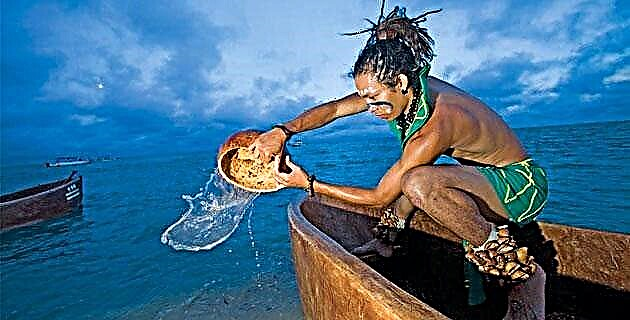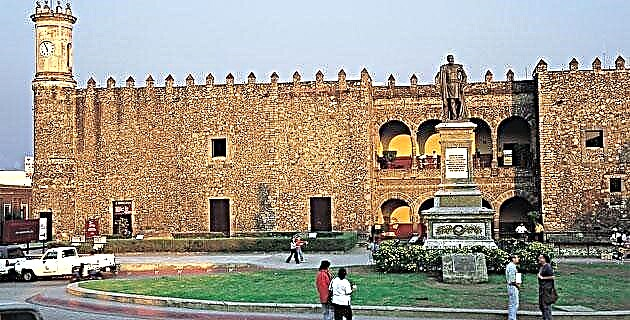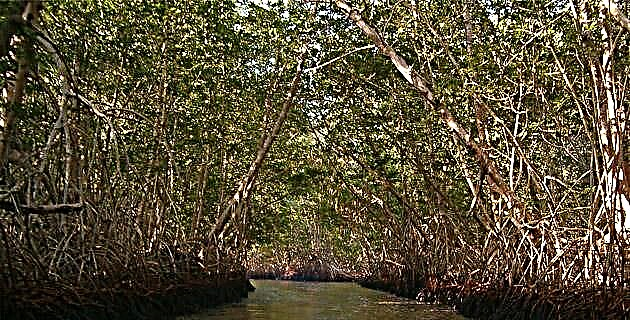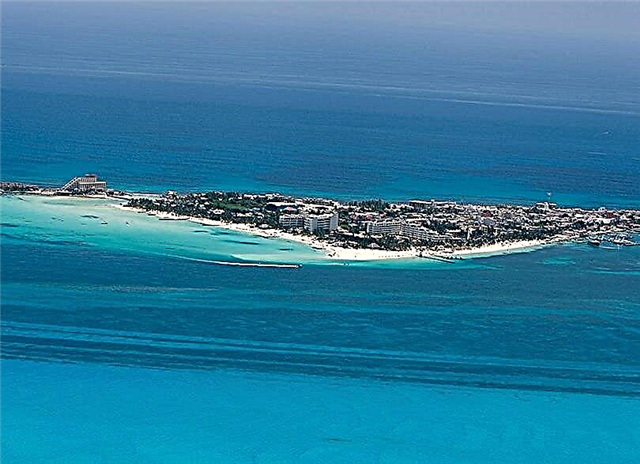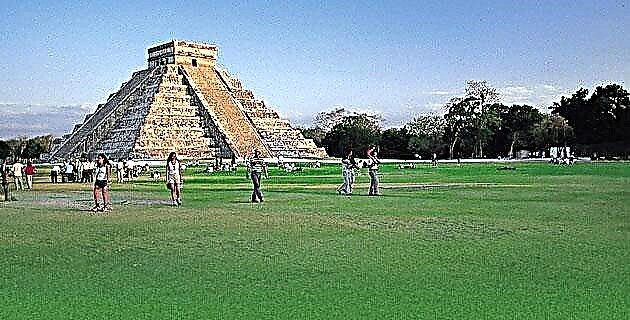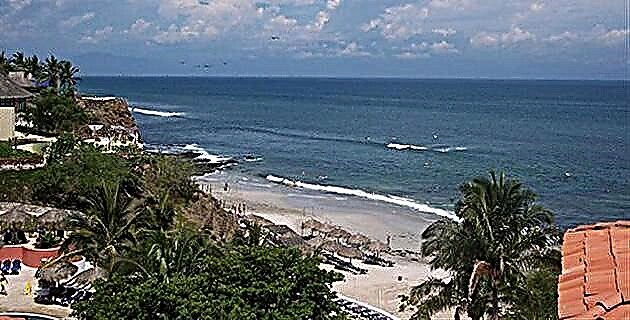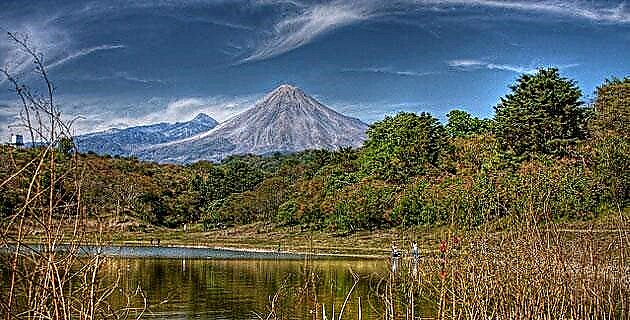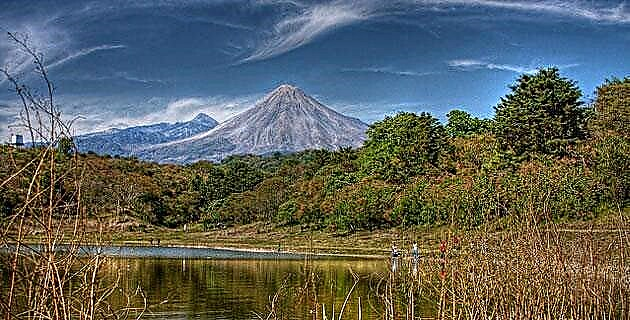
Despite its size, Colima is a state with great natural diversity that has elevated volcanoes, lakes, lagoons, bays and beaches. A changing landscape.
Laguna Carrizalillo Park, in the north of the state, is made up of an oval lagoon 600 m in diameter, surrounded by hills and beautiful mountainous landscapes. In it you can row, fish and admire water birds. A few kilometers further on is the former San Antonio farm. A chapel, a high aqueduct and the restored portal make up this old construction founded in 1802.
From the foothills of the Fuego volcano, by dirt road, you reach the El Jabalí Forest Protection and Wildlife Refuge, declared an ecological reserve in 1981 to protect and promote local fauna and flora, and provide recreation for visitors. Nearby are La Yerbabuena and an ejidal park of almost 1,000 m in diameter with the Laguna de María, which, at an altitude of 1,500 m and surrounded by jungle vegetation and coffee crops, reflects the Volcán de Fuego in its waters.
On the central coast, the Cuyutlán Lagoon stands out, where, between April and June, the “Green Wave” phenomenon occurs, reaching 6 or 8 m in height. The temperature of its waters is pleasant all year round. You can practice volleyball, diving, swimming, windsurfing and sailing, or take a boat ride through mangroves while observing waterfowl. To the south, near the mouth of the Armería River, is Boca Pascuales, whose typical food has seafood as its main ingredient. It is an ideal place to do sports and fish or just to admire the waves that bathe this extensive sandy strip.
To the east is the Alcozahué Lagoon: a huge body of water surrounded by two natural elevations and vegetation from the mountains. It is a suitable place for boat rides and fishing for crappie, catfish and snook, or to observe crocodiles in an experimental hatchery of the place. Scarcely 5 km to the south and surrounded by dense vegetation is the Amela Lagoon, which can be traveled in small boats and practice sport fishing, or simply walk around its surroundings, which were decreed a protected forest area in 1949, like those of the Sierra de Manantlán Biosphere Reserve, which is located in Minatitlán, in the northwest of the state. This mountainous region, which has the Ojo de Mar Lagoon and the Minatitlán Falls, is shared with Jalisco. To the northeast, also on the border with Jalisco, the Nevado de Colima National Park stands out. It is formed by the Nevado de Colima with 4,330 meters above sea level, and the Volcán de Fuego with 3 600 meters above sea level. This area offers beautiful landscapes with forests of fir, pine and oak, ideal for mountaineering, mountaineering, camping, picnics or hiking.
The Archipelago of Revillagigedo, 750 km from Manzanillo, is a land of 636,685 hectares protected since 1994. It is a group formed by an islet, Roca Partida, and three volcanic islands: Socorro or Santo Tomás, which is the largest and most important; San Benedicto or Anublada, a desert in the middle of the ocean that almost entirely occupies the Herrera volcano; and Clarión or Santa Rosa, second in size, is formed by an elevation with several stepped bases of different tones; it is the most isolated. In the two largest, the coastal vegetation stands out. Colima has diverse natural beauties, from bodies of water, islands, islets and placid coasts that offer all the services so that the visitor can fully enjoy all its splendor.


